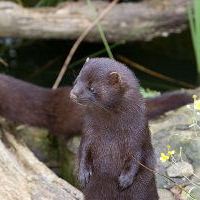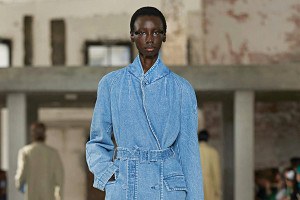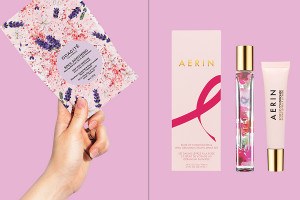Mink Eyelashes: Buyer, Beware
While mink eyelash extensions aren’t exactly new (Madonna caused a buzz in 2005 when she sported a pair encrusted with one carat’s worth of diamonds), the trend has left the exclusive clutches of celebrities and trickled into spas all over the country. The lashes, lauded for their natural look and lightweight feel, can cost you upwards of $400. And most salons claim that the fur is a cruelty-free product that’s harvested by “gently brushing” the animals.
So when a local salon recently contacted me about their PETA-friendly mink eyelash extensions, I decided to do a little extra research to find out whether or not the claim was true. I have to admit I was skeptical — and having a hard time imagining anyone “gently brushing” these relatively aggressive animals (related to weasels and badgers) and returning them to a natural habitat.
I e-mailed PETA to ask whether or not the lashes are indeed kosher by their standards. Jane Dollinger, a media liaison, responded via e-mail: “These lashes are not PETA-approved. Even if the companies that sell mink eyelashes claim to obtain the fur by brushing live minks, those minks still suffer on farms and ultimately will be killed for their fur. We encourage consumers to choose alternatives to any materials that are derived from animals, ensuring that they are not contributing to an industry that causes suffering.”
Now, I don’t know if all mink lashes come from animals on fur farms, but here’s some food for thought: Mercy for Animals, an Ohio-based nonprofit, points out some of the cruel conditions that minks suffer on breeding farms, including self-mutilation, small cages, chronic stress, and infected wounds.
Does your local lash booster know exactly where the lashes are coming from and how the minks are or where treated? Even if there is gentle brushing involved, is it really worth it? We say nay — and recommend sticking with the synthetic versions. What do you think, Bostonistas?



